Get the latest international news and world events from around the world.
Space Renaissance Academy Webinar Series
The setting of cookies on this website is set to “Allow Cookies”, in order to provide you with the best possible browsing experience. The site does not use visitor profiling cookies. If you continue to use the Website without changing your cookie settings or click “I Agree” below, you agree to this cookie policy. See also our privacy policy according to GDPR. … I AGREE.
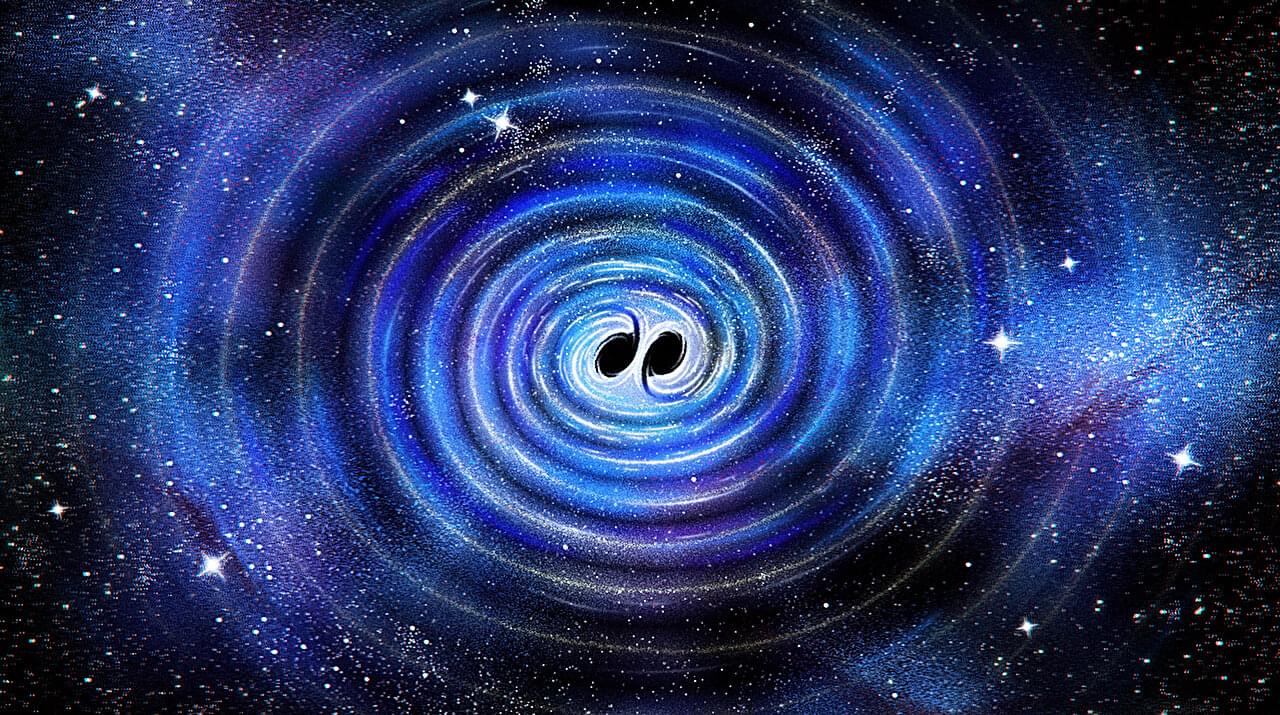
Ringing black hole confirms Einstein and Hawking’s predictions
A decade ago, scientists first detected ripples in the fabric of space-time, called gravitational waves, from the collision of two black holes. Now, thanks to improved technology and a bit of luck, a newly detected black hole merger is providing the clearest evidence yet of how black holes work—and, in the process, offering long-sought confirmation of fundamental predictions by Albert Einstein and Stephen Hawking.
The new measurements were made by the Laser Interferometer Gravitational-Wave Observatory (LIGO), with analyses led by astrophysicists Maximiliano Isi and Will Farr of the Flatiron Institute’s Center for Computational Astrophysics in New York City. The results reveal insights into the properties of black holes and the fundamental nature of space-time, hinting at how quantum physics and Einstein’s general relativity fit together.
“This is the clearest view yet of the nature of black holes,” says Isi, who is also an assistant professor at Columbia University. “We’ve found some of the strongest evidence yet that astrophysical black holes are the black holes predicted from Albert Einstein’s theory of general relativity.”
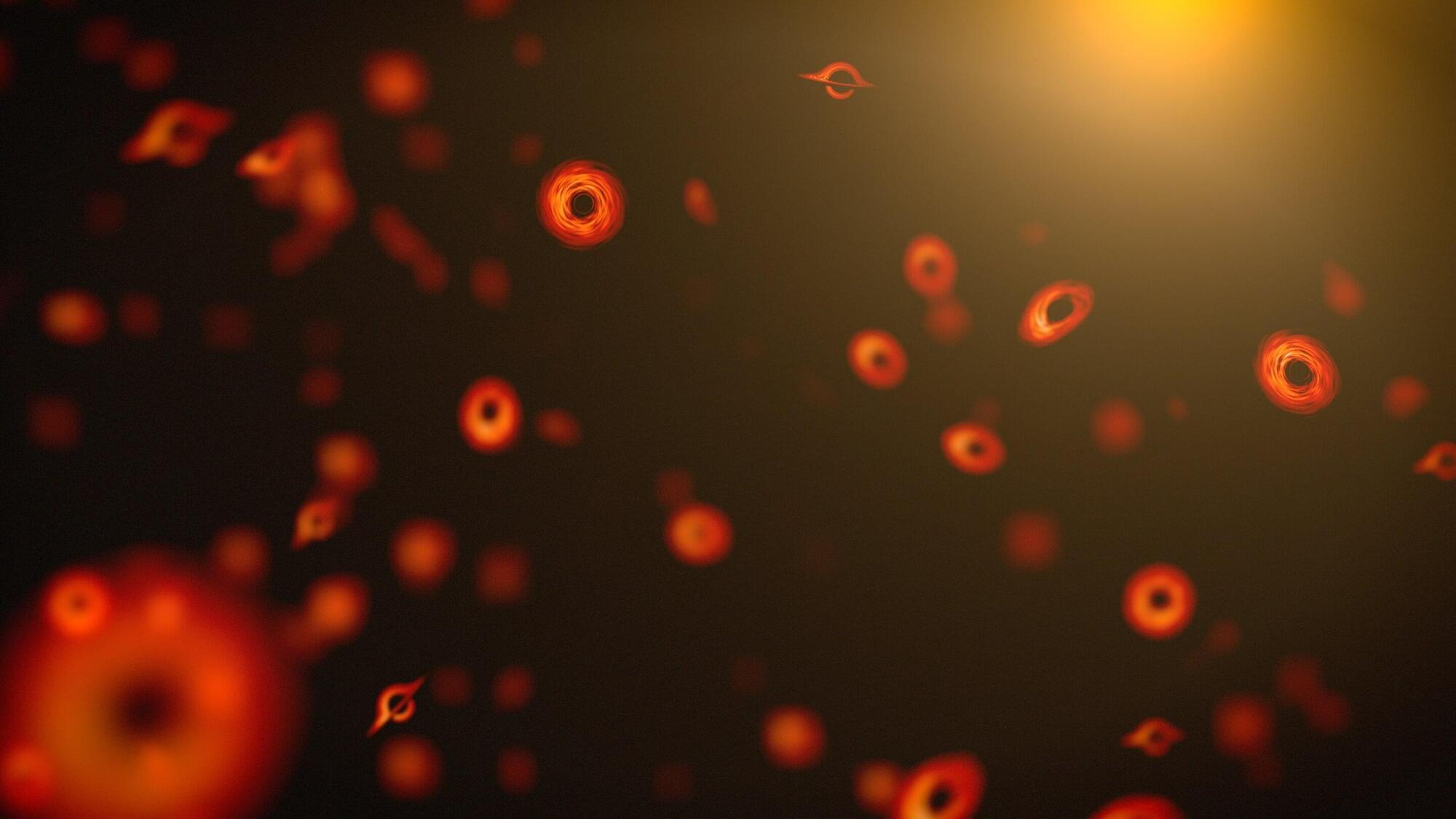
An exploding black hole could reveal the foundations of the universe
Physicists have long believed that black holes explode at the end of their lives, and that such explosions happen—at most—only once every 100,000 years. But new research published in Physical Review Letters by physicists at the University of Massachusetts Amherst has found a more than 90% probability that one of these black-hole explosions might be seen within the decade, and that, if we are prepared, our current fleet of space and earthbound telescopes could witness the event.
Such an explosion would be strong evidence of a theorized but never observed kind of black hole, called a “primordial black hole,” that could have formed less than a second after the Big Bang occurred, 13.8 billion years ago.
Furthermore, the explosion would give us a definitive catalog of all the subatomic particles in existence, including the ones we have observed, such as electrons, quarks and Higgs bosons, the ones that we have only hypothesized, like dark matter particles, as well as everything else that is, so far, entirely unknown to science. This catalog would finally answer one of humankind’s oldest questions: from where did everything in existence come?
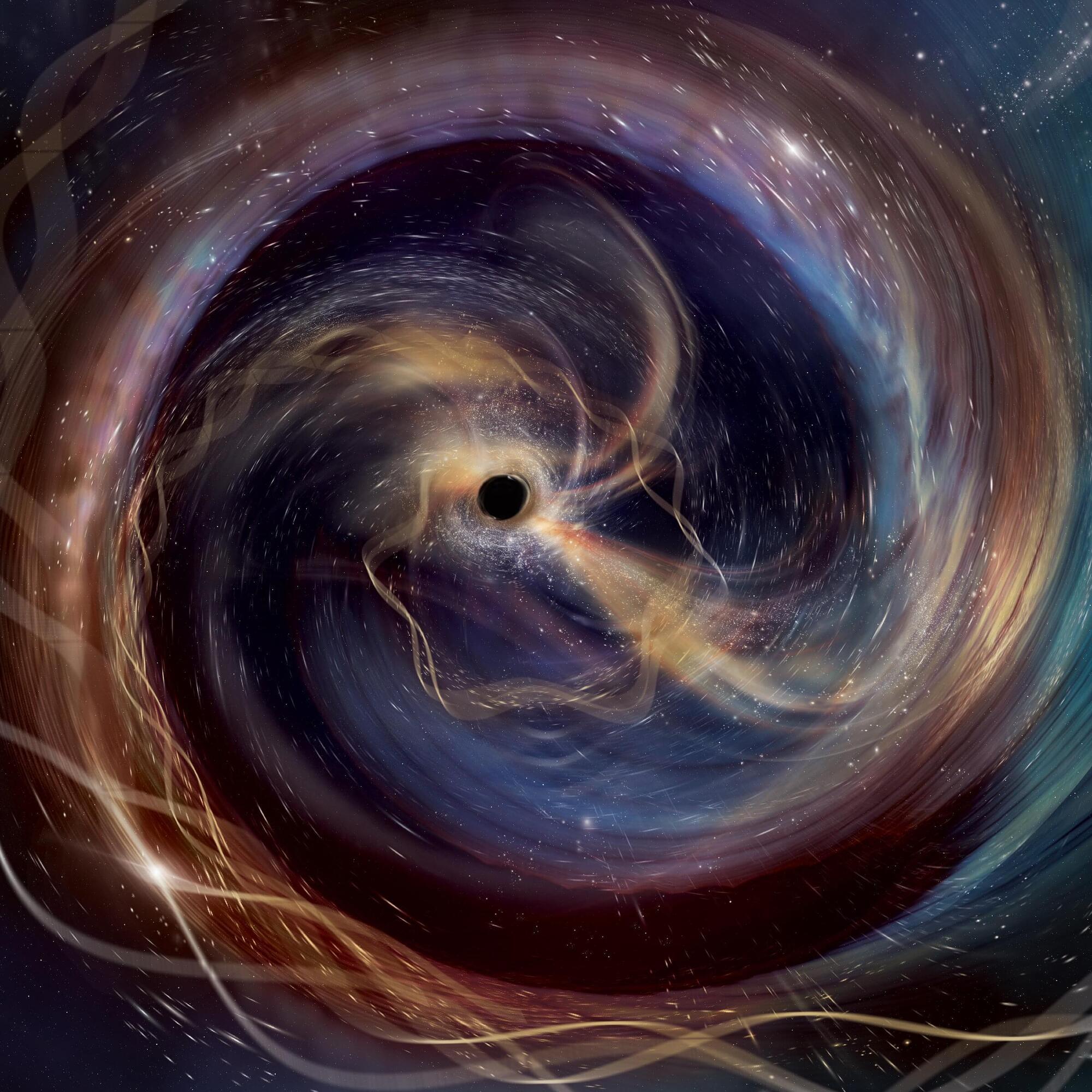
Hawking and Kerr black hole theories confirmed by gravitational wave
Scientists have confirmed two long-standing theories relating to black holes—thanks to the detection of the most clearly recorded gravitational wave signal to date.
Ten years after detecting the first gravitational wave, the LIGO-Virgo-KAGRA Collaboration has (10 Sep) announced the detection of GW250114—a ripple in spacetime which offers unprecedented insights into the nature of black holes and the fundamental laws of physics.
The study confirms Professor Stephen Hawking’s 1971 prediction that when black holes collide, the total event horizon area of the resulting black hole is bigger than the sum of individual black holes—it cannot shrink.
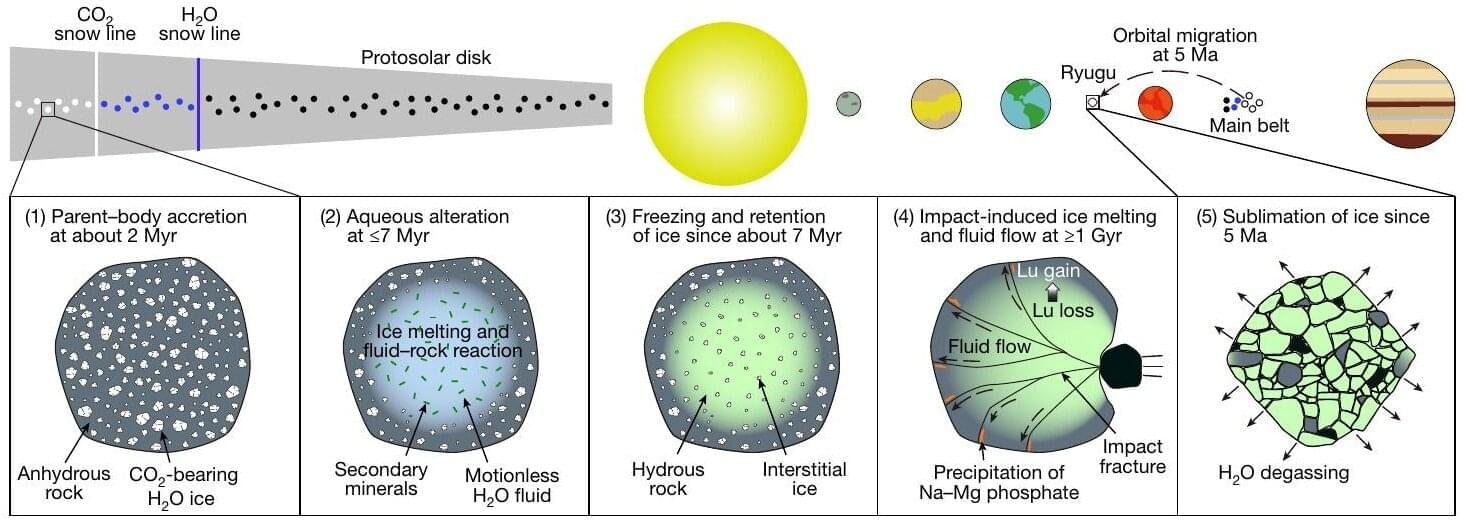
Isotopic analysis determines that water once flowed on asteroid Ryugu
A team of researchers, including those at the University of Tokyo, discovered that liquid water once flowed on the asteroid that spawned near-Earth asteroid Ryugu more than a billion years after it first formed. The finding, based on tiny rock fragments returned by the Hayabusa2 spacecraft of the Japan Aerospace Exploration Agency (JAXA), overturns long-held assumptions that water activity on asteroids only occurred in the earliest moments of solar system history. This could impact current models, including those describing the formation of Earth.
We have a relatively good understanding of how the solar system formed, but of course there are many gaps. One such gap in our knowledge is how Earth came to possess so much water. It’s long been known that so-called carbonaceous asteroids like Ryugu formed from ice and dust in the outer solar system supplied water to Earth.
Ryugu was famously visited by the Hayabusa2 spacecraft in 2018, the first visit of its kind, where not only were in-situ data collected, but small samples of material were brought back to Earth too. And it’s thanks to this endeavor that researchers can help fill in some missing details in the picture of our creation.
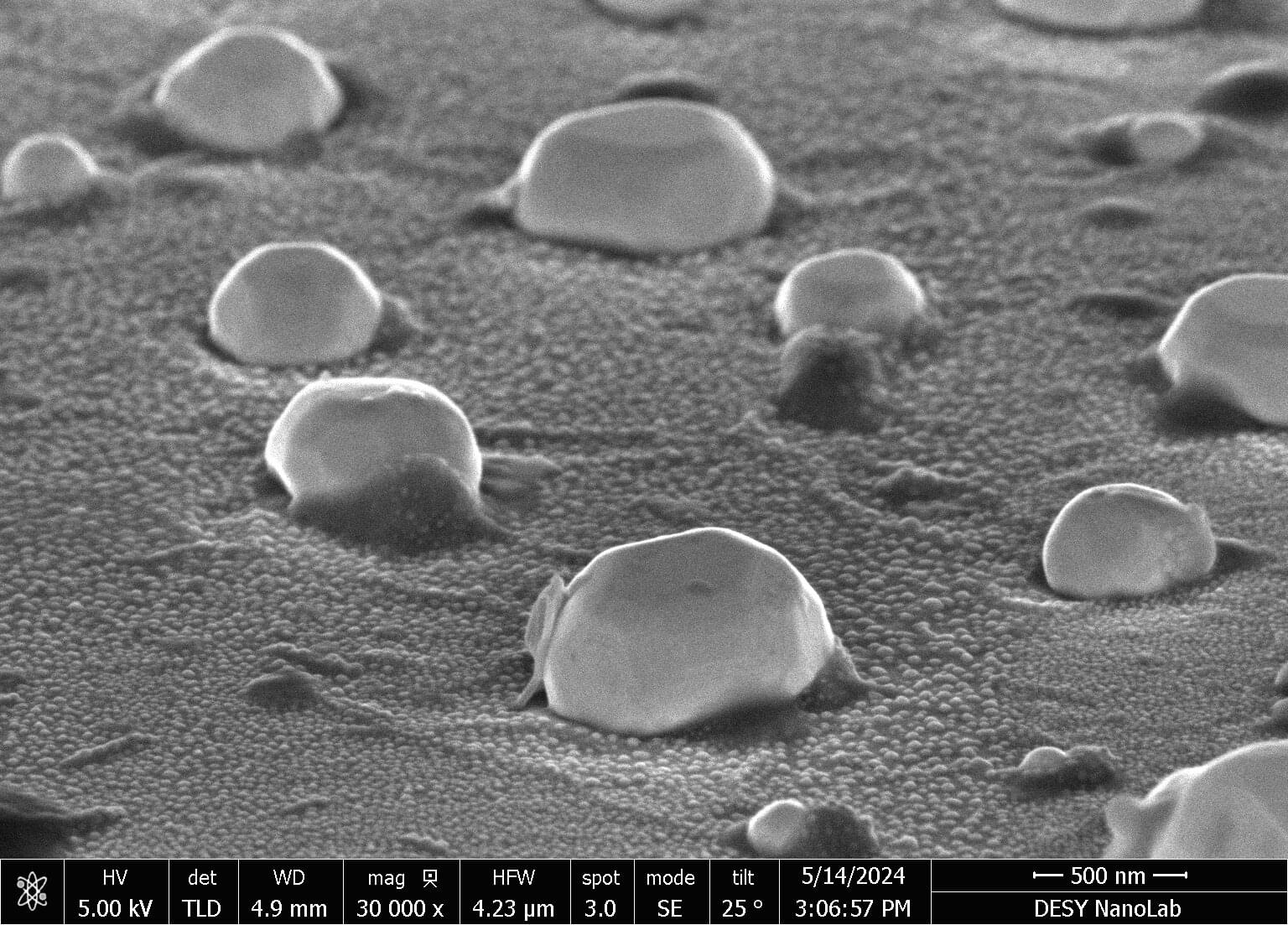
Metallic nanocatalysts: What really happens during catalysis
Using a combination of spectromicroscopy at BESSY II and microscopic analyses at DESY’s NanoLab, a team has gained new insights into the chemical behavior of nanocatalysts during catalysis.
The research is published in the journal ACS Nano.
The nanoparticles consisted of a platinum core with a rhodium shell. This configuration allows a better understanding of structural changes in, for example, rhodium– platinum catalysts for emission control. The results show that under typical catalytic conditions, some of the rhodium in the shell can diffuse into the interior of the nanoparticles. However, most of it remains on the surface and oxidizes. This process is strongly dependent on the surface orientation of the nanoparticle facets.
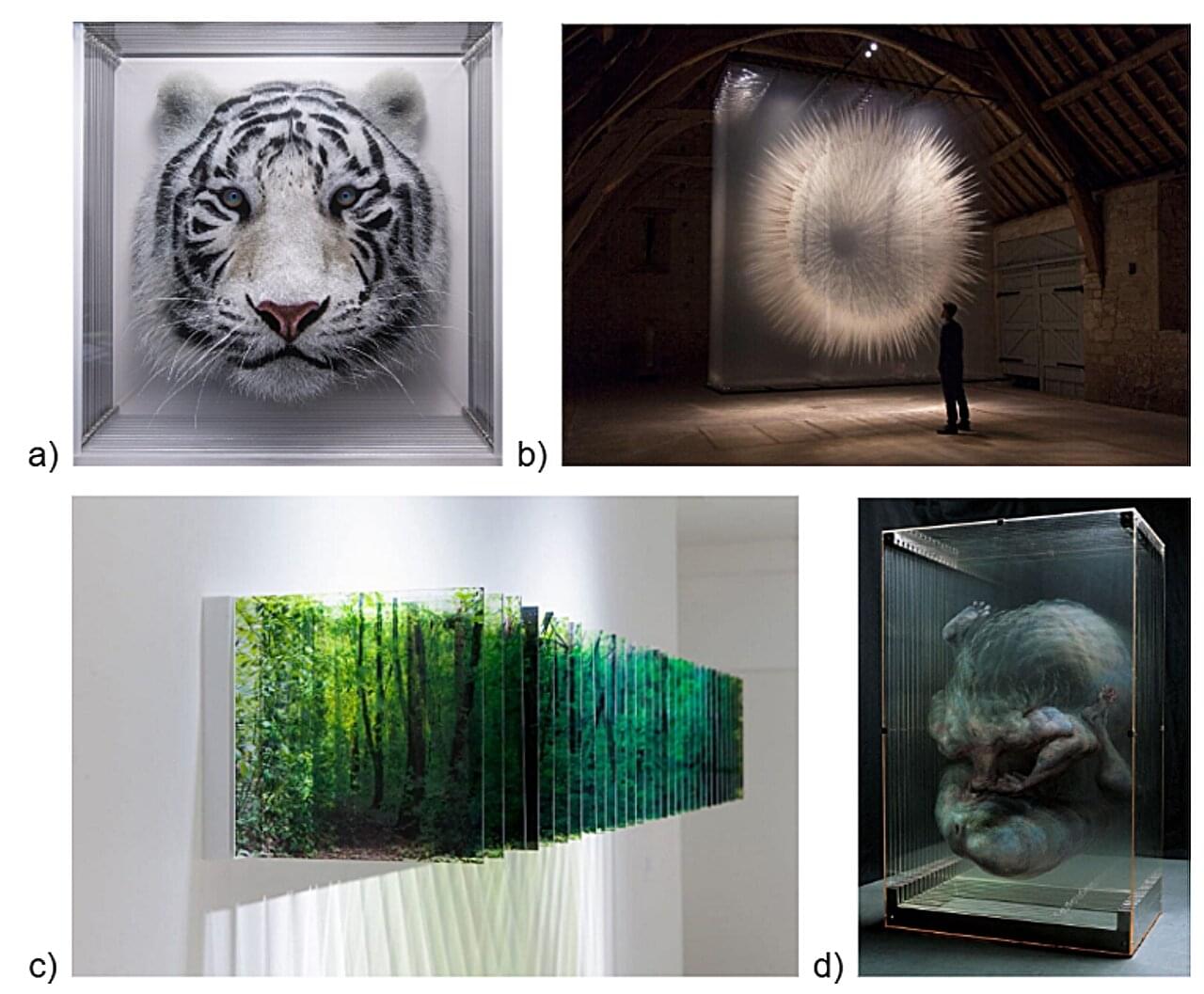
New technology turns paintings into holograms, bringing art to life
Artists are always looking for new ways to create and express themselves. A growing trend is the use of multiple layers of see-through materials, such as Plexiglas, to create paintings that have real depth, transforming two-dimensional images into three-dimensional illusions that feel more realistic and lifelike. But can these layered works be made even more immersive?
A new study, published in Royal Society Open Science, answers this question by demonstrating a novel process to transform a multilayer acrylic painting into a full-color, three-dimensional hologram. In addition to offering a striking way to experience art, this technique provides a novel method for preserving and reproducing valuable works.
The researchers used a painting of a tiger titled “Taxonomy Test 1” by renowned Colombian artist Yosman Botero. He created the artwork by painting in acrylic on nine transparent layers of Plexiglas.
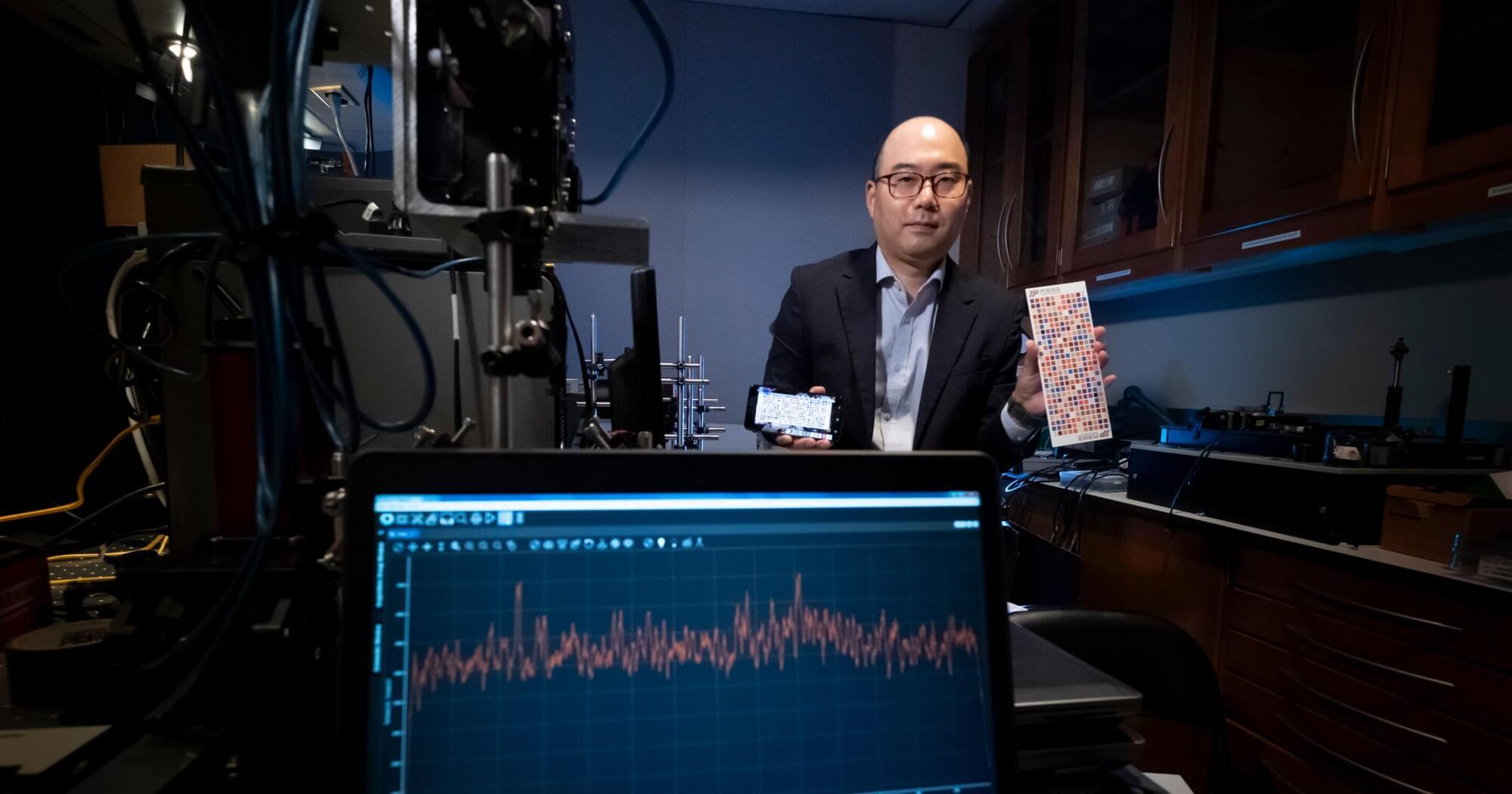
‘More than just an image’: New algorithm can extract hyperspectral info from conventional photos
Professionals in agriculture, defense and security, environmental monitoring, food quality analysis, industrial quality control, and medical diagnostics could benefit from a patent-pending innovation that opens new possibilities of conventional photography for optical spectroscopy and hyperspectral imaging.
Young Kim, Purdue University professor, University Faculty Scholar and Showalter Faculty Scholar, and postdoctoral research associate Semin Kwon of the Weldon School of Biomedical Engineering created an algorithm that recovers detailed spectral information from photographs taken by conventional cameras. The research combines computer vision, color science and optical spectroscopy.
“A photograph is more than just an image; it contains abundant hyperspectral information,” Kim said. “We are one of the pioneering research groups to integrate computational spectrometry and spectroscopic analyses for biomedical and other applications.”
Software tool turns everyday objects into animated, eye-catching displays—without electronics
Whether you’re an artist, advertising specialist, or just looking to spruce up your home, turning everyday objects into dynamic displays is a great way to make them more visually engaging. For example, you could turn a kids’ book into a handheld cartoon of sorts, making the reading experience more immersive and memorable for a child.
But now, thanks to MIT researchers, it’s also possible to make dynamic displays without using electronics, using barrier-grid animations (or scanimations), which use printed materials instead. This visual trick involves sliding a patterned sheet across an image to create the illusion of a moving image.
The secret of barrier-grid animations lies in its name: An overlay called a barrier (or grid) often resembling a picket fence moves across, rotates around, or tilts toward an image to reveal frames in an animated sequence. That underlying picture is a combination of each still, sliced and interwoven to present a different snapshot depending on the overlay’s position.